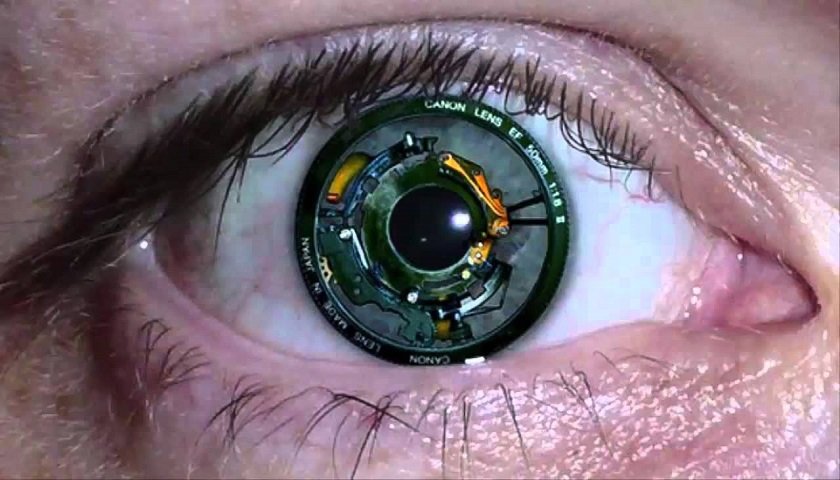….. We will speak finally of future novelties in the subspecialties of Oculoplasty and Uveitis.
OCULOPLASTY
1.-In palpebral ptosis surgery or drooping eyelids, in which it is necessary to perform suspension of them to the frontal muscle with fascia lata as material of choice, and in patients with Bell negative phenomenon, that have a greater predisposition to post-surgery corneal ulcers, adjustable sutures have been introduced as a novelty, being able to modify the postsurgical result more easily.
2.-In tumor surgeries, it is established that it is advisable to leave 3-4 mm of healthy perilesional tissue as a margin of safety to prevent its progression.
3.-Bleomycin injected into lymphangiomas has been tested, with very good results and Rapamycin has emerged as a new drug in the treatment of pediatric cervical lymphatic malformations, Injection of intralesional Bleomycin plus the use of oral Rapamycin, has been established as a new protocol for lymphangiomas
4.- In the treatment of infantile hemangioma, a comparative study has been done between the use of Atenolol versus Propanolol, being the first of them more cardioselective, without finding statistically significant differences between them.
5.-Regarding inoperable plexiform neurofibromas in Neurofibromatosis type 1, Selumetinib has had a good performance
UVEITIS
1.-The “Visual III” study, gives systemic Adalimumab a greater control of the disease and less need for corticosteroids in active Uveitis.
2.-New Biological drugs, such as Tocilizumab or AntiIL6 Antibody, have recently appeared, are well tolerated, effective, improve visual acuity and reduce inflammation in anterior uveitis, intermediate, or panuveitis.
3.-There is an ongoing study on the effect of ACTH systemic gel (adenocorticotropic hormone) awaiting results for publication.
4.-The ILUVIEN or intravitreal implant of Fluocinolone for posterior chamber inflammation, and the DURASERT or intravitreal implant of Fluocinolone Acetonide have appeared.
5.-The Peachtree Trial is an evolving study in which two injections of Triamcinolone are injected into the suprachoroidal space, allowing three months to pass between them, and results are being measured.
6.-It has been scientifically proven that the microbiota or intestinal bacteria that coexist with us, educate our immune system, and are related to cerebral vasculitis and the appearance of uveitis in the eye.
7.-The updated protocol for Uveitis treatment and with what we know today, would be established in these three steps or phases.
a.-Use of topical and systemic corticosteroids.
b.-Systemic immunosuppressants such as Methotrexate, Tacrolimus and Mycophenolate.
c.- Drugs anti-tumor necrosis factor (Anti TNF), Interleukin 1-B or Rituximab.
With this information, we see that there are always new research and new treatments to improve outcomes of ocular chronic diseases.


Recent Comments